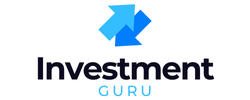In the U.S. today, almost everyone is looking for a little extra cash on the side. Groceries cost more, gas prices jump around, and sometimes your paycheck feels like it’s playing hide-and-seek with your bills. That’s where a side hustle comes in.
A side hustle is simply extra work you do outside your main job to bring in more money. And no, it doesn’t have to be some scary, complicated business plan. It could be as simple as delivering food on weekends, selling clothes you don’t wear, or picking up small freelance jobs on your phone.
The best part? Side hustles are flexible. You choose when and how much you work. Whether you want to save for an emergency fund, pay down credit cards, or just afford nicer Friday night takeout, a side hustle gives you that extra cushion.
I’ve seen beginners start with just a phone and a free app, and within a month, they’re making enough to cover a car payment or stash away some savings. It’s not “get rich quick,” but it is a smart way to build financial breathing room without quitting your day job.
Simple truth: Side hustles aren’t just for dreamers or hustlers. They’re for regular people who want a bit more control over their money — and maybe a little peace of mind at the end of the month.
Table of Contents
What Makes a Side Hustle “Beginner-Friendly”?
Not every money-making idea is good for a beginner. Some side hustles ask for big start-up costs, special skills, or more free time than most people have. A beginner-friendly hustle, on the other hand, checks a few simple boxes:
1. Low Cost to Start
You shouldn’t need thousands of dollars just to test the waters. The best starter side hustles use what you already have — your phone, your car, your laptop, or even the extra stuff in your closet. If an idea needs huge upfront investment, skip it for now.
2. Easy to Learn
If it takes a six-month course and a stack of textbooks just to get started, it’s not beginner-friendly. You want hustles you can learn in a day or two — like signing up for a delivery app or setting up a simple gig on Fiverr.
3. Flexible Hours
Most beginners are already juggling jobs, family, or school. The right side hustle should fit into your schedule. That means you can log in and work when you want, not when a boss tells you to.
4. Quick Payback
Nobody wants to wait forever to see results. A beginner-friendly hustle gives you feedback — and hopefully money — fairly quickly. For example, DoorDash pays weekly, and survey apps let you cash out after a few days.
5. Scalable (Optional, But Nice)
At first, you may just want to cover small bills. But a good side hustle can grow with you. Freelancing and content creation start small, but over time, they can bring in far more than pocket change.
Expert tip: When you’re just starting, don’t overcomplicate things. A “good” side hustle for a beginner is one that gets you moving, brings in a little money, and builds your confidence. You can always level up later.
Simple truth: Beginner-friendly side hustles are like training wheels. They’re easy to hop on, safe to ride, and they help you build momentum before you’re ready for something bigger.
Best Side Hustles That Almost Anyone Can Start
Not every side hustle needs fancy skills or a pile of money to get going. Some just need your phone, some time, and a willingness to try. Here are some of the best beginner-friendly ones in the U.S.:
1. Food Delivery (DoorDash, Uber Eats, Grubhub)
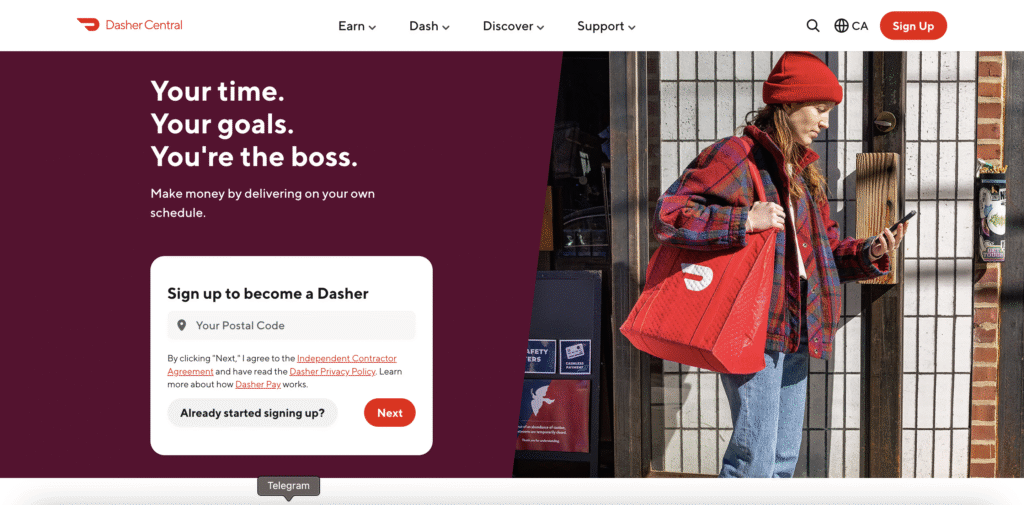
Hungry people always need food, and apps pay you to bring it to their door.
How to start:
- Download DoorDash or Uber Eats.
- Apply by uploading your driver’s license and car details.
- Wait for approval (usually a few days).
- Go online in the app, accept orders, and deliver.
What you can earn: $10–$20 an hour, more during peak times.
Pro tip: Hang near busy restaurants or downtown areas. It saves time and gas.
2. Grocery Delivery (Instacart, Shipt)
Instead of food from restaurants, you shop for groceries.
How to start:
- Download Instacart or Shipt.
- Fill out an application and background check.
- Once approved, pick grocery orders in the app.
- Shop, check out with the provided card, and deliver.
What you can earn: Around $15–$25 an hour, plus tips.
Pro tip: Be quick but careful. Shoppers who communicate (like texting about substitutions) often get higher tips.
3. Freelancing (Fiverr, Upwork)
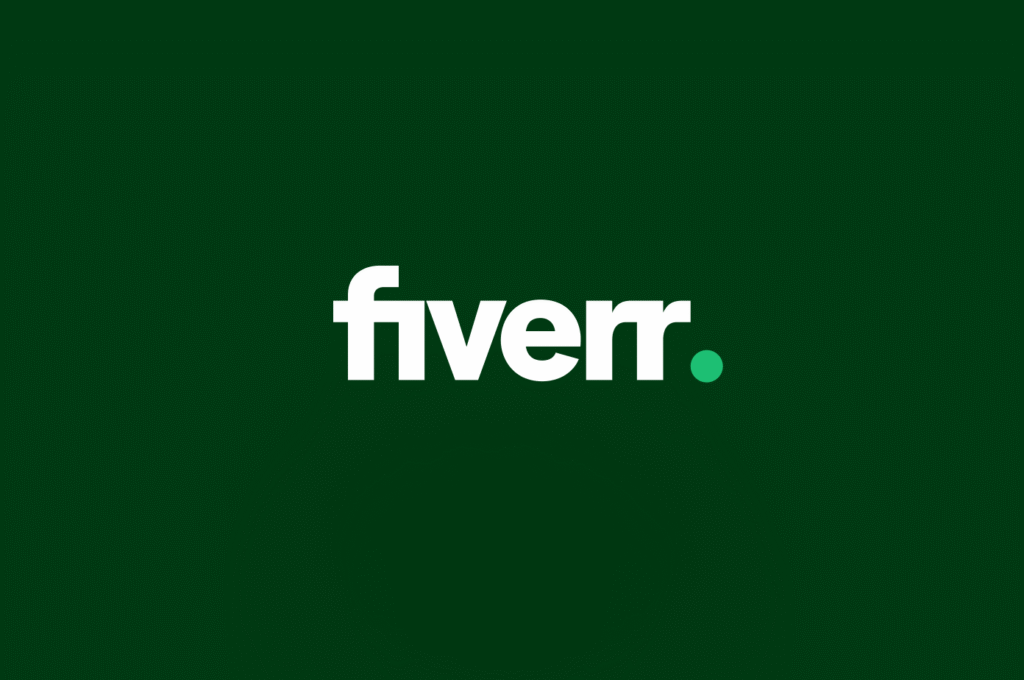
Got skills like writing, design, tutoring, or even voiceovers? You can sell them online.
How to start:
- Download Fiverr or Upwork.
- Create a clear, friendly profile with your skills.
- Post a service (“gig”) or send proposals for jobs.
- Deliver work and get paid right through the app.
What you can earn: $20–$50 per project at the start, more as you gain reviews.
Pro tip: Start with small, specific services. Example: “I will design a 1-page flyer” is easier to sell than “I do graphic design.”
4. Selling Online (eBay, Poshmark, Facebook Marketplace)
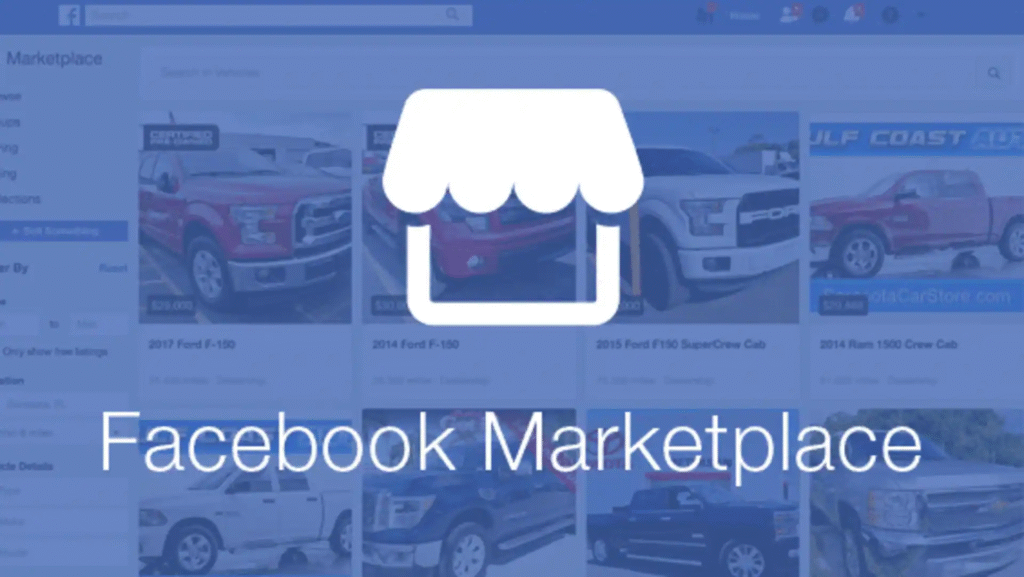
That old jacket or gadget lying around? It could be worth cash.
How to start:
- Pick an item you don’t need.
- Snap 2–3 clear photos with good lighting.
- List it on eBay, Poshmark, or Marketplace.
- Ship it (or meet locally) once it sells.
What you can earn: Depends — $20 for sneakers, $100 for a used phone, $200+ for furniture.
Pro tip: Be honest about condition. Buyers hate surprises, and honesty gets repeat sales.
5. Teaching/Tutoring (Cambly, Wyzant)
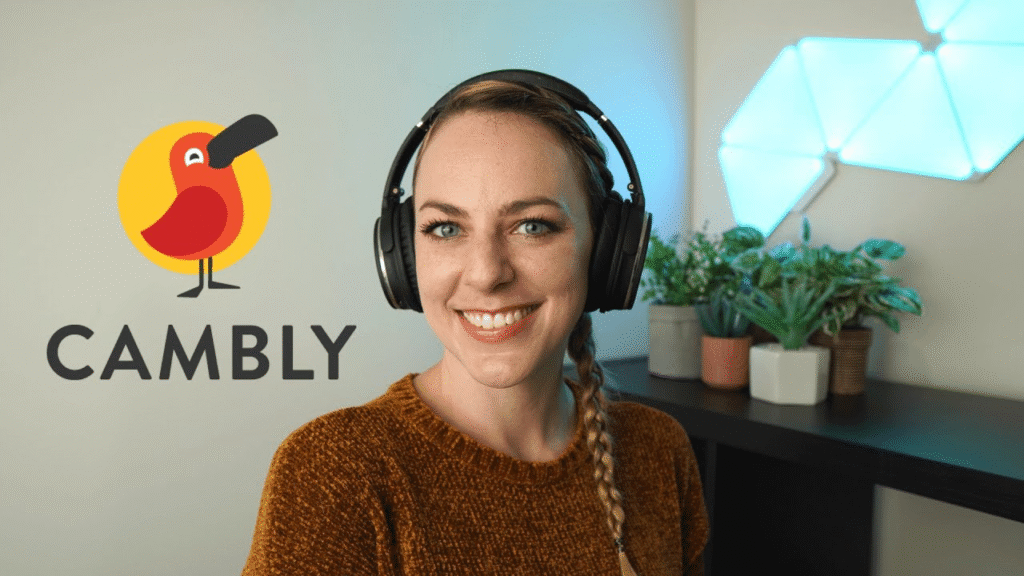
If you’re good at English, math, or science, students will pay for your help.
How to start (Cambly example):
- Download Cambly Tutor.
- Record a short intro video.
- Once approved, log in and chat with students.
- Get paid weekly via PayPal.
What you can earn: $10–$20 an hour, sometimes more for advanced tutoring on Wyzant.
Pro tip: Patience pays. Students often rebook tutors they feel comfortable with.
6. Content Creation (TikTok, YouTube Shorts, Instagram Reels)
Yes, it’s possible to earn by posting videos. It’s not instant money, but beginners can start small and grow.
How to start:
- Pick a topic you enjoy (cooking, fashion, funny clips, budgeting).
- Post short, clear videos consistently.
- Grow followers and views.
- Earn through ads, brand deals, or affiliate links.
What you can earn: $50–$100/month at first; much more with time and consistency.
Pro tip: Keep videos short, clear, and useful — people stick around when you teach or entertain quickly.
7. Survey and Cashback Apps (Swagbucks, Rakuten, Ibotta)
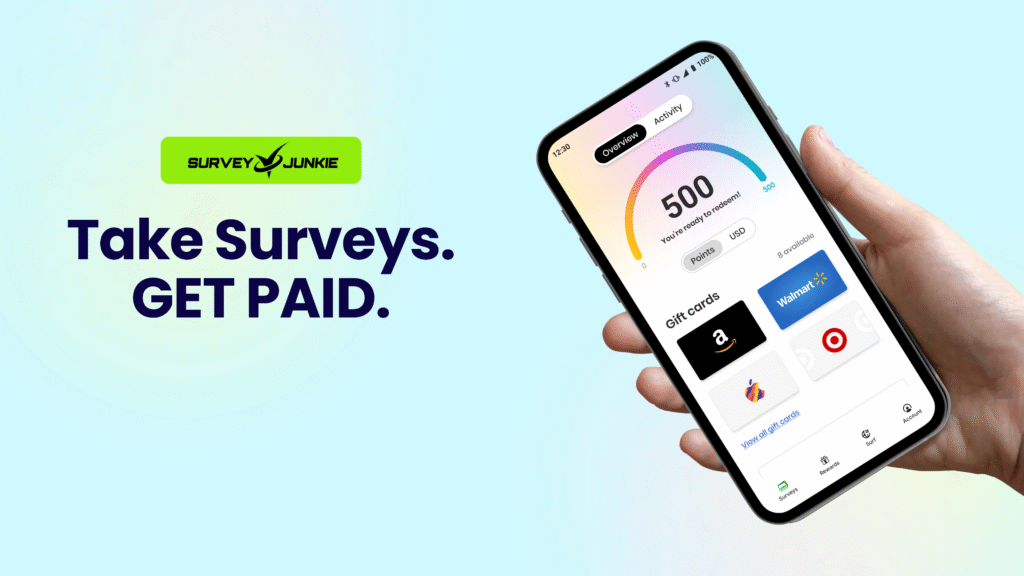
Not the highest earners, but super easy for complete beginners.
How to start:
- Download Swagbucks, Rakuten, or Ibotta.
- Complete surveys or activate cashback when shopping.
- Cash out via PayPal or gift cards.
What you can earn: $5–$50 a month — good for small extras.
Pro tip: Use cashback apps only on purchases you already planned. Otherwise, you’re just spending to “save.”
Expert note: Not all side hustles pay equally. Delivery apps give fast cash, freelancing grows long-term, and content creation takes time but can snowball. The best hustle depends on how soon you need money and how much effort you’re ready to put in.
Simple truth: With just a phone and some time, anyone in the U.S. can start earning on the side. The key is to actually pick one, sign up, and take that first step.
Step-by-Step: How to Pick the Best Side Hustle for You
With so many options out there, it’s easy to feel stuck. Do you drive for DoorDash? Sell your old shoes on eBay? Or jump into TikTok videos? The trick is to match the hustle to you. Here’s a simple step-by-step way to decide:
Step 1: Look at Your Skills
- Are you good at writing, design, or helping people understand tough subjects? → Try freelancing or tutoring.
- Do you prefer simple, no-skill-required work? → Delivery apps or selling items online might be better.
- Do you love being creative? → Content creation could be your lane.
Grab a piece of paper and jot down 3 things you’re good at. This narrows your choices fast.
Step 2: Check Your Free Time
- Have just an hour here and there? → Survey apps, cashback, or selling online fit.
- Have evenings or weekends free? → Delivery or freelancing works great.
- Want to build something long-term? → Content creation or teaching can grow over months.
Be honest with yourself. If you only have 15 minutes before bed, don’t pick a side hustle that eats up 5 hours.
Step 3: Decide How Soon You Need Money
- Need quick cash for gas or groceries? → Go with delivery apps, TaskRabbit, or selling stuff.
- Okay with slower growth but higher payoff? → Freelancing or content creation can scale bigger.
Think: “Am I plugging a short-term hole, or am I building something for the long run?”
Step 4: Start Small
Don’t overthink. Pick one hustle and test it for two weeks. See if you like it and if it fits your lifestyle. If it doesn’t, pivot to another.
Example: Try DoorDash for 10 shifts, or list 5 items on eBay. That’s enough to know if it’s for you.
Expert tip: Most beginners fail because they try too many hustles at once. Focus on one, learn it, get results, and only then try adding another.
Simple truth: Picking the “best” side hustle isn’t about copying someone else’s choice. It’s about matching your skills, time, and needs to the right fit — and then actually starting.
How Much Can Beginners Expect to Earn?
Let’s be real: side hustles are not magic money machines. You won’t make a millionaire’s income in a week, but you can earn steady extra cash that makes life a lot easier. How much depends on the type of hustle, the time you put in, and how consistent you are.
Quick and Easy Hustles (Surveys, Cashback, Microtasks)
- What to expect: $20–$50 a month.
- Why: These apps don’t take much time, but they also don’t pay much. They’re best for coffee money, small bills, or saving toward something fun.
Delivery and Gig Apps (DoorDash, Uber Eats, Instacart, TaskRabbit)
- What to expect: $100–$400 a week (if you work part-time).
- Why: These apps pay hourly or per job, and tips can boost your income. The faster and smarter you work, the more you can make.
Freelancing (Fiverr, Upwork, Wyzant)
- What to expect: $200–$1,000 a month for beginners.
- Why: Projects often pay more than small tasks, but it takes time to build reviews and repeat clients. Once you do, the income can grow much bigger.
Selling Online (eBay, Poshmark, Marketplace)
- What to expect: $50–$500 a month, depending on how much you sell.
- Why: If you declutter regularly or flip items, you can make solid money. Some people even turn this into full-time resale businesses.
Content Creation (TikTok, YouTube Shorts, Instagram Reels)
- What to expect: $0 at first → $100–$500/month as you grow.
- Why: It takes time to build an audience, but once you do, ad money, sponsorships, and affiliate sales can snowball.
Teaching/Tutoring (Cambly, Wyzant, Udemy)
- What to expect: $10–$30 per hour, part-time.
- Why: Pay is higher because you’re providing real skills and knowledge. The more reliable you are, the more repeat students you’ll attract.
Expert note: Most beginners should expect $100–$300 in their first month if they put in steady effort. That’s enough to cover a phone bill, a car payment, or start an emergency fund. The more hours you put in — and the more you improve — the faster your income grows.
Simple truth: Side hustles don’t replace your full-time job overnight. But even an extra $200 a month can change how you feel about your money. That’s the power of starting small and building from there.
Common Mistakes Beginners Make (and How to Avoid Them)
Starting a side hustle is exciting. You picture extra money rolling in, bills getting lighter, maybe even a little splurge cash. But here’s the thing — beginners often trip over the same roadblocks. Let’s go over them so you don’t have to learn the hard way.
1. Trying Too Many Hustles at Once
It’s tempting to sign up for five apps, post on three freelance sites, and launch a TikTok channel all in the same week. But spreading yourself too thin means you never really learn or earn from any of them.
Better approach: Pick one hustle, test it for a couple of weeks, and see if it fits your lifestyle. Once you’re steady, then try adding a second.
2. Believing “Get Rich Quick” Promises
If an app promises $1,000 a day for tapping a screen, it’s not real. Scams target beginners who want fast results.
Better approach: Stick with proven apps (DoorDash, Fiverr, Cambly, etc.). They might not pay insane amounts overnight, but they’re real and reliable.
3. Ignoring Taxes
A lot of beginners forget that side hustle income is taxable. Then tax season comes, and — surprise! — Uncle Sam wants a cut.
Better approach: Track your earnings from the start. Even a simple spreadsheet works. Set aside 15–20% of your side hustle income for taxes. Future you will be grateful.
4. Forgetting About Costs
If you’re driving for Uber Eats, remember gas and car wear-and-tear. If you’re selling online, factor in shipping and platform fees.
Better approach: Always subtract expenses before you celebrate your “earnings.” Net income (what stays in your pocket) is the real win.
5. Quitting Too Soon
Many beginners try a hustle for one week, don’t see results, and quit. But most side hustles take a little time to get rolling — especially freelancing or content creation.
Better approach: Give it at least 30 days. That’s enough to build habits, learn tricks, and see if the hustle truly works for you.
Expert note: These mistakes are common because people rush in without a plan. The best side hustlers treat it like a small business — track numbers, learn from mistakes, and adjust as they go.
Simple truth: You don’t need to be perfect. Just avoid the rookie traps, stay patient, and your side hustle will start paying off.
Expert Tips to Grow Your Side Hustle Faster
Once you’ve dipped your toes in and proven your hustle can make money, the next step is figuring out how to grow it. Think of it like planting a garden: watering it regularly is good, but adding sunshine and fertilizer makes it thrive. Here’s how to give your side hustle that extra boost.
1. Track Your Numbers
You can’t improve what you don’t measure. Beginners often guess how much they’re earning, but numbers don’t lie.
How to do it:
- Use a simple spreadsheet or free apps like Mint.
- Record income, expenses, and hours worked each week.
- Ask: “Am I making $15/hour or $5/hour after expenses?”
Why it matters: Tracking helps you drop low-paying gigs and focus on what actually pays.
2. Reinvest in Your Hustle
A little reinvestment can make a big difference. Think of it as fueling growth.
Examples:
- Delivery driver? → Use part of your earnings for a better phone mount or insulated bags.
- Freelancer? → Buy a Canva Pro account or upgrade to Grammarly Premium.
- Seller on eBay? → Invest in better packaging supplies to impress buyers.
Why it matters: Small upgrades often pay for themselves quickly in better reviews, faster work, or bigger tips.
3. Build a Routine
Side hustles grow when they’re consistent. Random effort leads to random results.
How to do it:
- Pick specific hours each week for your hustle.
- Treat it like an appointment you can’t cancel.
- Example: “DoorDash every Friday night,” or “Write two Fiverr gigs every Saturday morning.”
Why it matters: Regular work builds habits, and habits lead to steady income.
4. Level Up Your Skills
The more you know, the more you can earn. Beginners often start with low-paying tasks, but skills open doors to higher rates.
Examples:
- Take a free YouTube course on freelancing or editing.
- Learn basic Excel or Canva design — these skills sell fast online.
- If you’re tutoring, brush up on SAT prep tips (parents pay extra for test prep).
Why it matters: Skills turn a $10/hour gig into a $30/hour one.
5. Treat It Like a Business
Even if it’s just a few hours a week, the mindset shift matters. Businesses plan, track, and grow.
How to do it:
- Set small goals (e.g., $200 extra this month).
- Review your progress at the end of each week.
- Adjust as needed (drop what’s not working, double down on what is).
Why it matters: A “mini-business” mindset makes you sharper, more focused, and more consistent.
Expert note: Growth doesn’t come from working yourself into the ground. It comes from working smarter — knowing where to put your time, money, and energy for the best payoff.
Simple truth: Side hustles are like bicycles. Pedaling harder gets you moving, but steering in the right direction makes sure you end up somewhere worth going.
Final Take
There’s no single “best” side hustle for beginners in the U.S. The right one depends on what you need, what you enjoy, and how much time you can give. For some, it’s delivering meals a few nights a week. For others, it’s freelancing from their phone or selling old stuff online. And for the creative ones, it might even be posting TikToks or teaching a skill.
What matters most is starting. Don’t get lost in research mode forever. Pick one hustle, give it a real shot, and learn as you go. Every successful side hustler — from the neighbor making $200 a week with Instacart to the freelancer who replaced their 9-to-5 — started with a single step.
Expert note: Keep your expectations realistic, but your vision big. A side hustle may begin as gas money, but with consistency and growth, it can become the safety net or even the career change you didn’t know you needed.
Simple truth: Your best side hustle is the one you’re willing to try today. Grab your phone, download an app, or list that first item for sale. Small actions now can grow into big results later.
FAQs
1. What is the easiest side hustle for beginners in the U.S.?
Delivery apps like DoorDash or Uber Eats are some of the easiest to start. You just sign up, pass a quick background check, and begin delivering. Selling unused items on eBay or Facebook Marketplace is also very beginner-friendly.
2. Can I start a side hustle with no money?
Yes. Many hustles cost nothing to start. You can use free apps for surveys, sell items you already own, or sign up for gig apps that only require your phone and basic documents.
3. How much money can beginners make from side hustles?
Most people can expect $100–$300 in their first month if they stay consistent. Some earn less if they only dabble, while others grow into $1,000+ per month as they gain skills and put in more hours.
4. Which side hustle pays the most long-term?
Freelancing, teaching/tutoring, and content creation usually have the highest income potential. They take longer to build, but they can grow far beyond quick cash apps.
5. Do I have to pay taxes on side hustle income?
Yes. Any money you earn from side hustles is taxable in the U.S. It’s smart to track your earnings and set aside 15–20% for taxes so you don’t get surprised later.
6. How do I choose the best side hustle for me?
Look at three things: your skills, your free time, and how quickly you need money. If you need cash fast, delivery or selling online is best. If you want to build something bigger, freelancing or content creation may be better.
Simple truth: Side hustles aren’t one-size-fits-all. The best one is the one that matches your life right now — and the one you’re willing to actually start.
